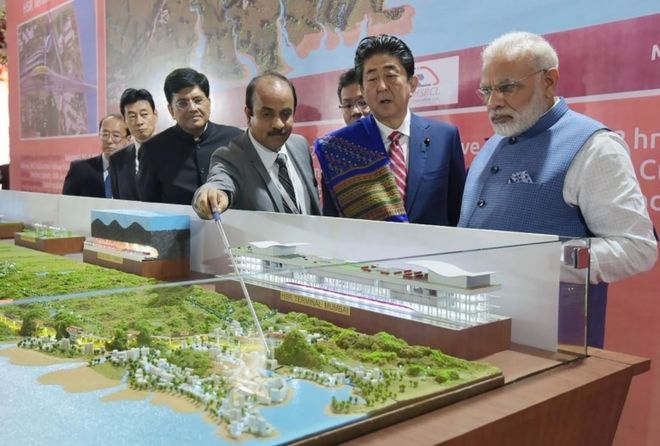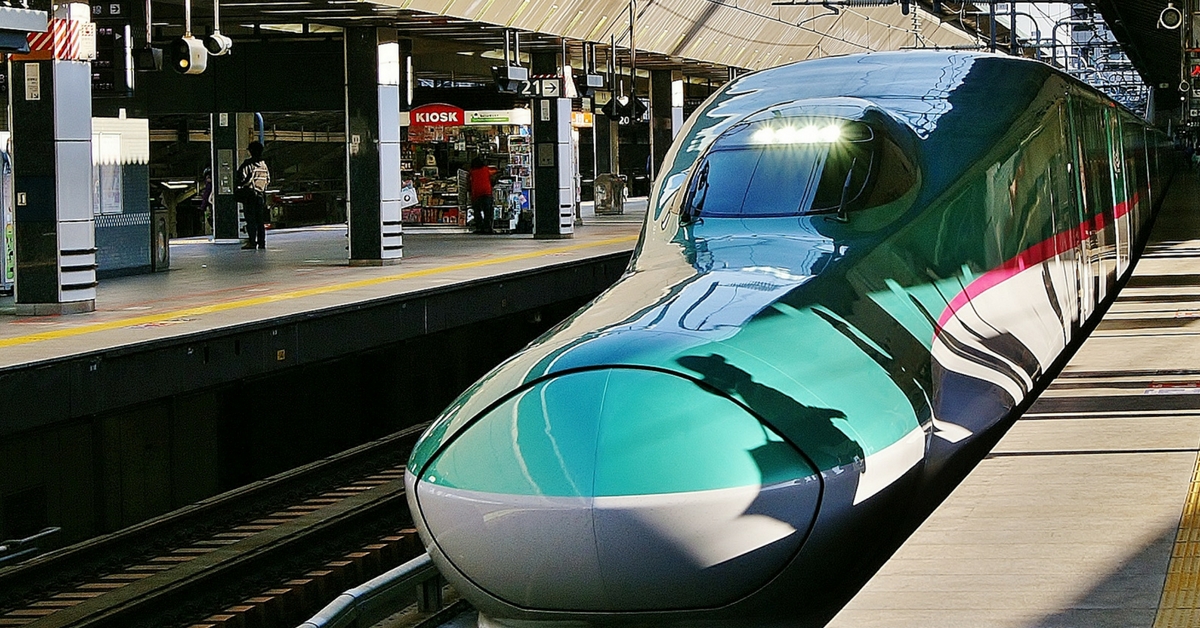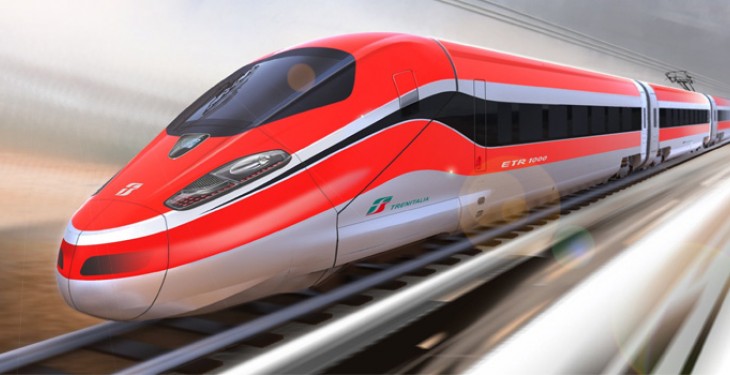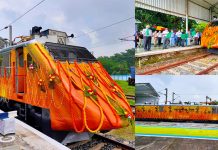Why India needs a bullet train?
Prime Ministers Narendra Modi and Shinzo Abe will be laying the foundation stone of the Mumbai-Ahmedabad High Speed Rail (MAHSR) project, popularly known as the bullet train, on September 14 in Ahmedabad. This visionary project will herald a new era of safety, speed and service and help the Indian Railways craft a pathway to becoming a global leader in scale, technology and skill. Here are five reasons to laud this transformational leap in India’s transportation history.
One, attractive low-cost long-term financing. As a part of the cooperation agreement between India and Japan, the government of Japan will provide a soft loan of about Rs 90,000 crore at a minuscule interest rate of 0.1 per cent over 50 years. The repayment of the loan is to begin after 15 years of receiving the loan. Generally, any such loan, even from other multilateral or bilateral development financing institutions, would cost between 3-7 per cent with a repayment period of 20-30 years.
 India is getting the loan for the MAHSR at close to almost zero cost. This saves any strain on existing financial resources, as more than 80 per cent of the project cost is being funded by the government of Japan in this way. It is for the first time that an infrastructure project of this size and magnitude is being funded on such favourable terms.
India is getting the loan for the MAHSR at close to almost zero cost. This saves any strain on existing financial resources, as more than 80 per cent of the project cost is being funded by the government of Japan in this way. It is for the first time that an infrastructure project of this size and magnitude is being funded on such favourable terms.
Two, stimulus for advanced components’ manufacture and construction. One of the stated objectives of the project is “Make in India”, which is being actioned even before the commissioning of the project. As per the agreement between the two governments, the MAHSR Project has “localised manufacture” and “transfer of technology” as twin, complementary objectives. Under the guidance of the task force comprising of the Department of Industrial Policy and Promotion (DIPP) and Japan External Trade Organisation (JETRO), action is being initiated as per the agreed guidelines. Four sub-groups with representatives from Indian industry, Japanese industry, DIPP, and JETRO have to identify potential items and sub-systems for manufacture in India. It is instructive to recall how an investment by Suzuki in the automobile industry spawned a new generation of Indian auto-component manufacturers from the early ’80s.

In 1983, Maruti started operations with CKD (completely knocked-down-kits) of imported components. Over the years, localised production of components increased significantly, as part of the agreed phased manufacturing programme. Today, there are close to 250 Japanese and Indo-Japanese component-makers operating in India. This enabled the Indian auto-components business to rise to global expectations and created vibrant clusters in towns like Gurugram, Pune, Indore and Chennai. It is expected that many joint ventures will be formed to take up the manufacturing of various components related to track and rolling stock.
The construction sector in India is also expected to get a big boost not only in terms of works contracts but also with respect to new technology and work culture. This project is likely to generate employment for about 20,000 workers, who will then be equipped to take up construction of more such projects in India. The new areas where construction skills would be developed are ballast-less track, under sea tunneling et al.
Three, professional capacity-building. A dedicated High Speed Rail Training Institute is being developed at Vadodara. This institute will be fully equipped with equipment and facilities, such as a simulator, as exist in the training institute at Japan. This institute will be functional by the end of 2020, and have facilities to train about 4,000 staff in the next three years, who will then be utilised for operation and maintenance. They will also serve as a backbone for the development of other high speed corridors in India.
In addition, 300 young officials of the Indian Railways are being trained in Japan to give them exposure in high speed track technology. As these young professionals absorb the latest technologies, they will then be able to manage other high speed corridors which are under consideration.
Four, speed. There are two types of services proposed. A “rapid train” service with only two stops — at Surat and Vadodara — and a slower service that halts at 10 stations en route. The “rapid train” would complete the journey in 2 hours and 7 minutes, while the slower service would take 2 hours and 58 minutes. Thirty-five daily services will be operated on the line, with three services per hour during peak times and two services per hour during off-peak times. The estimates are that the high speed rail corridor will have a daily ridership of around 36,000 in 2023. This is widely expected to enable the railway system to begin winning back the creamy layer of higher-fare paying passengers in inter-city routes from the hemorrhaging occurring today vis-à-vis the domestic aviation sector.

Five, cutting edge operational technology. India is getting cutting-edge operational technology in totality. The Shinkansen technology is renowned for its reliability and safety. The train delay record of Shinkansen is less than a minute with zero fatalities. Thus, the project is set to provide reliable and comfortable service with high standards of safety. The technology regarding disaster predictions and preventions will also be acquired as part of the project.
It is amusing to recall that when the first Rajdhani left Delhi for Howrah on March 1, 1969 at 5:30 pm, it collapsed a journey that took upwards of 24 hours to 17 hours. The ticket price was Rs 280 for AC First and Rs 90 for AC Chair Car. As the glistening red-and-white fully air-conditioned train, with quality meals thrown in, zipped past iconic cow-belt stations at 120 km/hour without stopping, many editorials branded it as “elitist” and a luxury that a poverty-stricken India could do without.
We should be careful not to confuse leapfrogging technology development with elitism — whether it is mobile phones, satellite launches, regional air-connectivity or high-speed rail.



















